

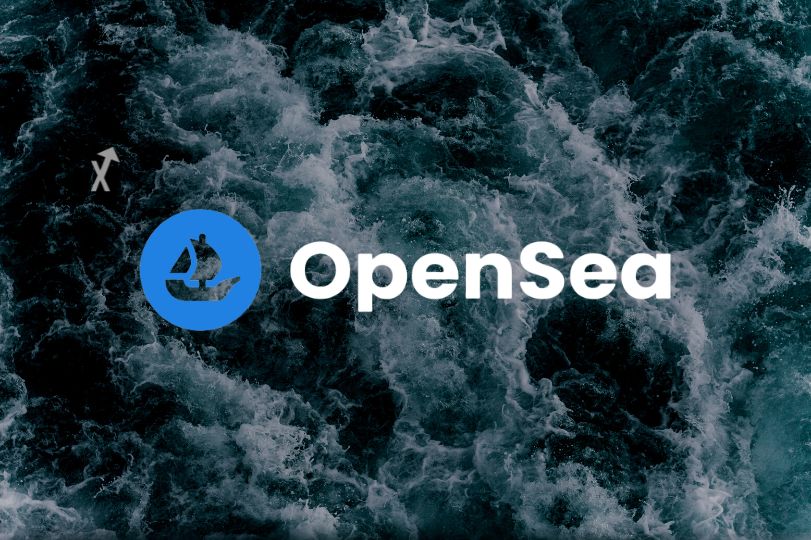
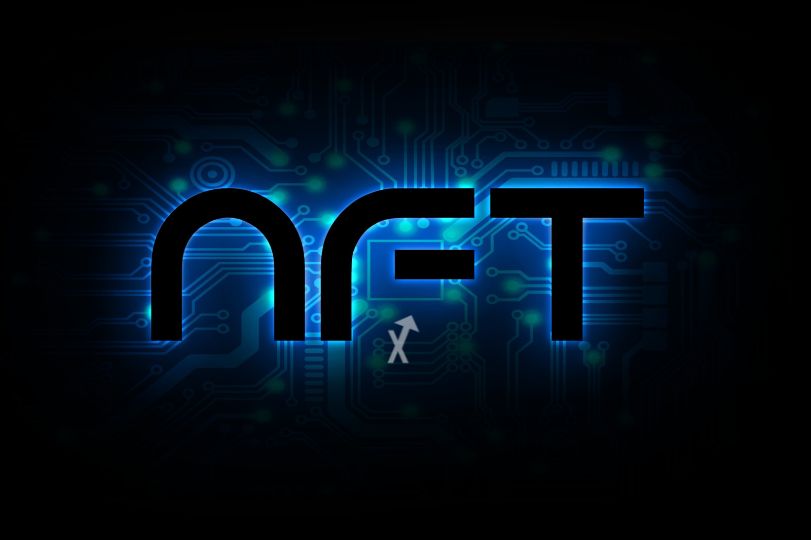
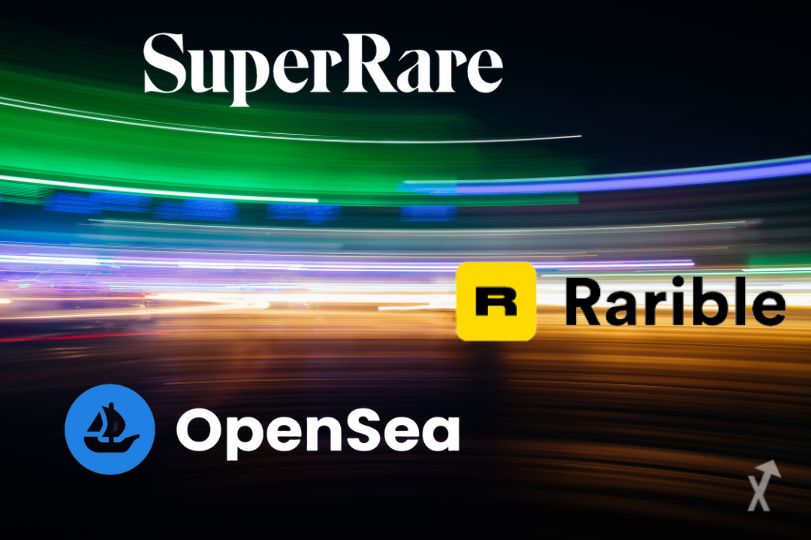
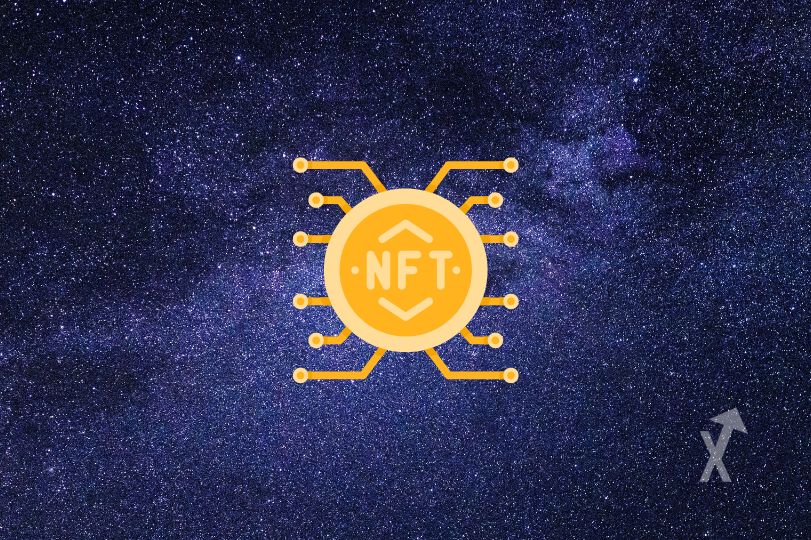
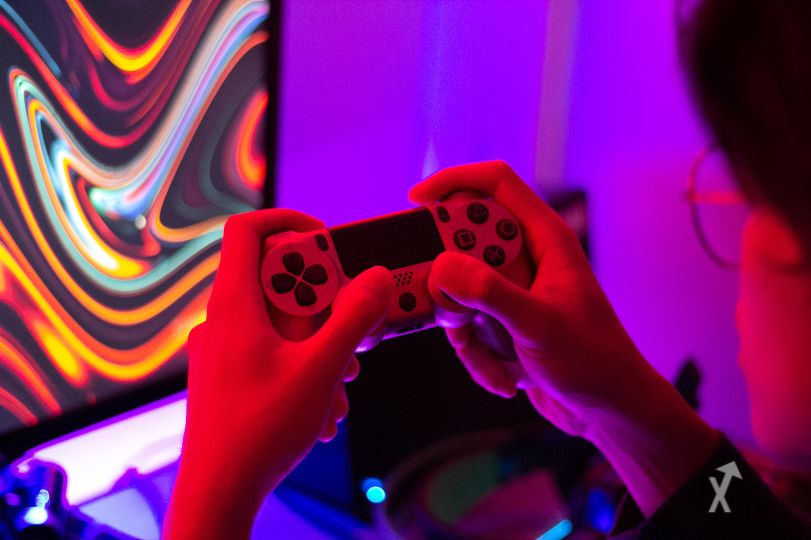
It’s hard to never have heard of NFT after the interest they experienced in 2021. Only, in 2022, some are still wondering what it is and why there was such a craze, already partially gone. We tell you everything about NFTs, how they work and the opportunities they represent !
The real utility of an NFT is to create ownership over digital objects
They allow us to tokenize digital items like artwork, collectibles, and even real estate.
They can only have one official owner at a time and are registered in the blockchain. No one can modify the ownership record or copy/paste an NFT.
NFT Definition : an NFT is a token (or token in French) which constitutes a virtual object. This token, hosted on a blockchain, has a serial number which makes it unique and traceable.
➡ NFT means : a non-fungible token
Non-fungible definition
Non-fungible is an economic term which means “which is not interchangeable”. A thing is non-fungible when it has a unique character.
For example, money is fungible. However, my office chair is non-fungible. However, it is an Ikea chair that exists in other places but mine is unique.
On the other hand, fungible items can be replaced, as they are determined by their value rather than their unique characteristics.
ETH or dollars are interchangeable, as 1 ETH / 1 USD can be exchanged for another 1 ETH / 1 USD.
NFTs are therefore unique virtual objects and blockchain technology makes it possible to ensure this uniqueness.
NFTs and Ethereum solve some of the problems that exist on the internet today. The digital world as we know it involves a loss of rarity and uniqueness.
Everything can be applied with copy and paste and it is impossible to determine whether an image is the original or not.
NFTs come to solve this problem by combining the unique, true and rare side that is present in the “real” world and for tangible objects by applying it to virtual objects.
In a world that is moving more and more towards digital with the appearance of metaverses, it was necessary to find a way to make a digital asset truly unique.
From a legal point of view of the artist, integrating his works on the blockchain has a real interest. He can include copyrights and freeze the right to use this token. In addition, the artist can integrate a royalty system into the blockchain to be paid for each purchase/resale of his work.
Beyond these aspects, NFTs have a speculative interest and represent a form of investment.
Over the past few months, NFTs have made the news more than once with some tokens selling at prices beyond belief. We’ve all heard of Cryptopunks, Bored Ape…
Just like cryptocurrencies, it can be really interesting to spot opportunities and items that have a big potential to increase significantly in the future.
Royalties are the “copyright” that an artist receives when using his work. We generally know the royalties for musical artists. When a radio plays their song, they receive a percentage because they are the creator of the work.
In the case of music, systems are in place but it is not easy to track each time a song is played in a place (store, bar, etc.) to reward its designer.
Here too, the blockchain provides a concrete solution thanks to smart contracts. These are “smart contracts” on the blockchain in which we put certain conditions. Each time a condition is met, the contract automatically executes.
The owner of an NFT can integrate a royalty system which means that each time someone buys their NFT, they receive x% of the sale.
Thanks to the smart contract, he will receive royalties for each exchange and this without having to track down the exchanges himself and chase after his royalties.
NFTs interact directly with a blockchain.
The blockchain is the common point between cryptos, NFTs, metaverses, …
The principle of a blockchain is that it is a kind of gigantic register in which all kinds of information is recorded. In the case of an NFT, it is indicated what the NFT is, who is its creator, who is its current owner, at what value it was sold the last time, the date of the last sale, etc.
The big advantage of the blockchain, and what makes it successful, is that this “great ledger” is decentralized and does not belong to anyone (or rather, to everyone). All the information it contains is public. Everyone has access to it and you can know the whole history of a blockchain easily.
This system is obviously very secure and the information it contains is checked many times before being entered.
The blockchain system therefore makes it possible to guarantee the traceability of an asset, its rarity and prevents counterfeiting.
Each NFT is therefore recorded on the blockchain and is unique. Thanks to the blockchain system, they are easily sold and exchanged.
Today, everyone is able to create an NFT thanks to platforms like OpenSea which makes it easy to access blockchains to host their NFT.
Mining is a commonly used term when talking about NFTs and cryptos in general, but the process is not the same.
In NFT, the mining process is actually the “blockchaining” of the virtual object. This is what allows the object to become an NFT, to be sellable, tradable, etc.
The mining of an NFT generates unique costs called the gas fee (gas fees) which are quite substantial. In reality, most artists do not actually mine their NFT by putting it on the platform but let the first buyers bear the costs.
On the other hand, if the seller wants to assign it a fixed selling price, he must pay the gas fee because the status of his NFT changes to “immediately salable” and, to do this, the NFT must be in the blockchain.
NFTs can take many forms.
The one we know the most is the image because it is the format that is the most popular at the moment. Whatever the image format, JPG, PNG or even GIF to have animated NFTs.
It is also possible to create an NFT with sound or video.
Generally, NFT projects are released as a collection comprising X tokens. The collections contain a defined number of NFTs and in general, the base of the image is the same but each token has its particularities.
Within the same NFT collection, there are different rarities depending on the characteristics of each token.
There are different collections that have marked the spirits and whose prices have soared more than Notre Dame. We will cite the example of the Bored Ape which sell for several million euros for some. Ditto for Cryptopunks.
This new digital art is traded on NFT marketplaces like OpenSea, which is the best known in the field.
Risk Warning: Trading financial instruments and/or crypto-currencies involves high risks, including the risk of losing all or part of your investment, and may not be suitable for all investors. Crypto-currency prices are extremely volatile and can be affected by external factors such as financial, regulatory or political events. Trading on margin increases financial risk.
Before deciding to trade in financial instruments or crypto-currencies, you should be fully informed of the risks and fees associated with trading in the financial markets, carefully consider your investment objectives, level of experience, and tolerance for risk, and seek professional advice if necessary.
Some of the partners featured on this site may not be regulated in your country. It is your responsibility to verify the compliance of these services with local regulations before using them.